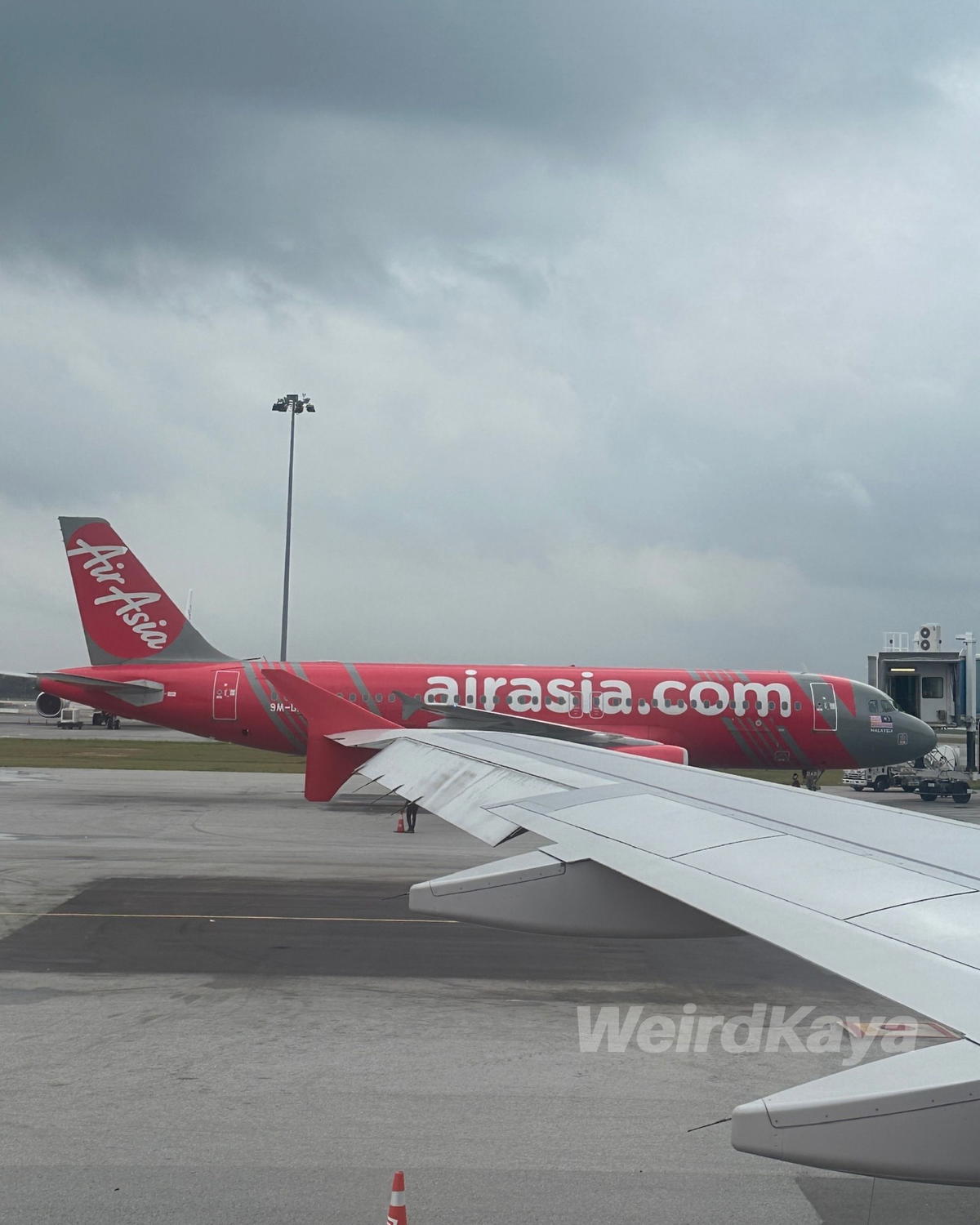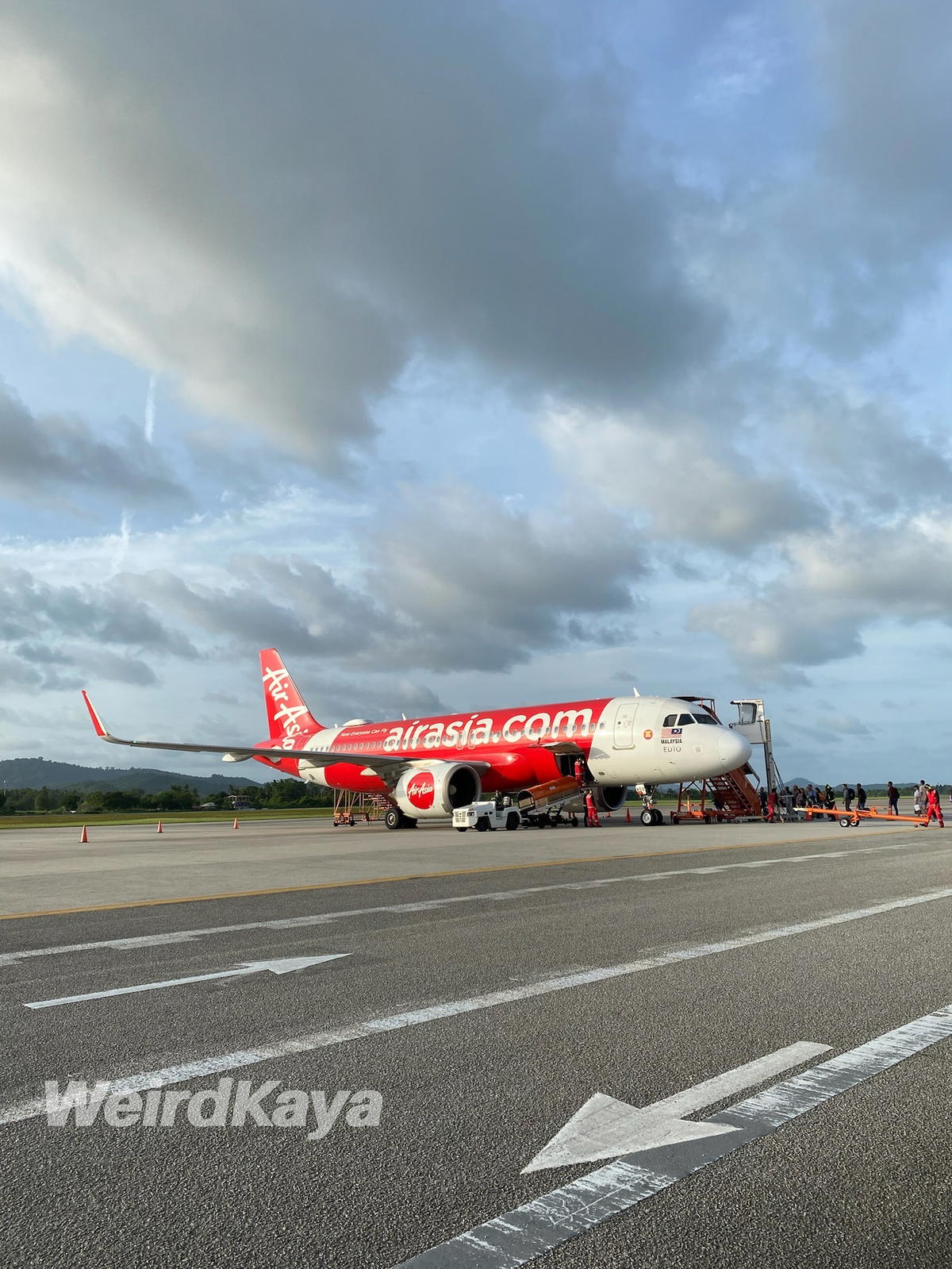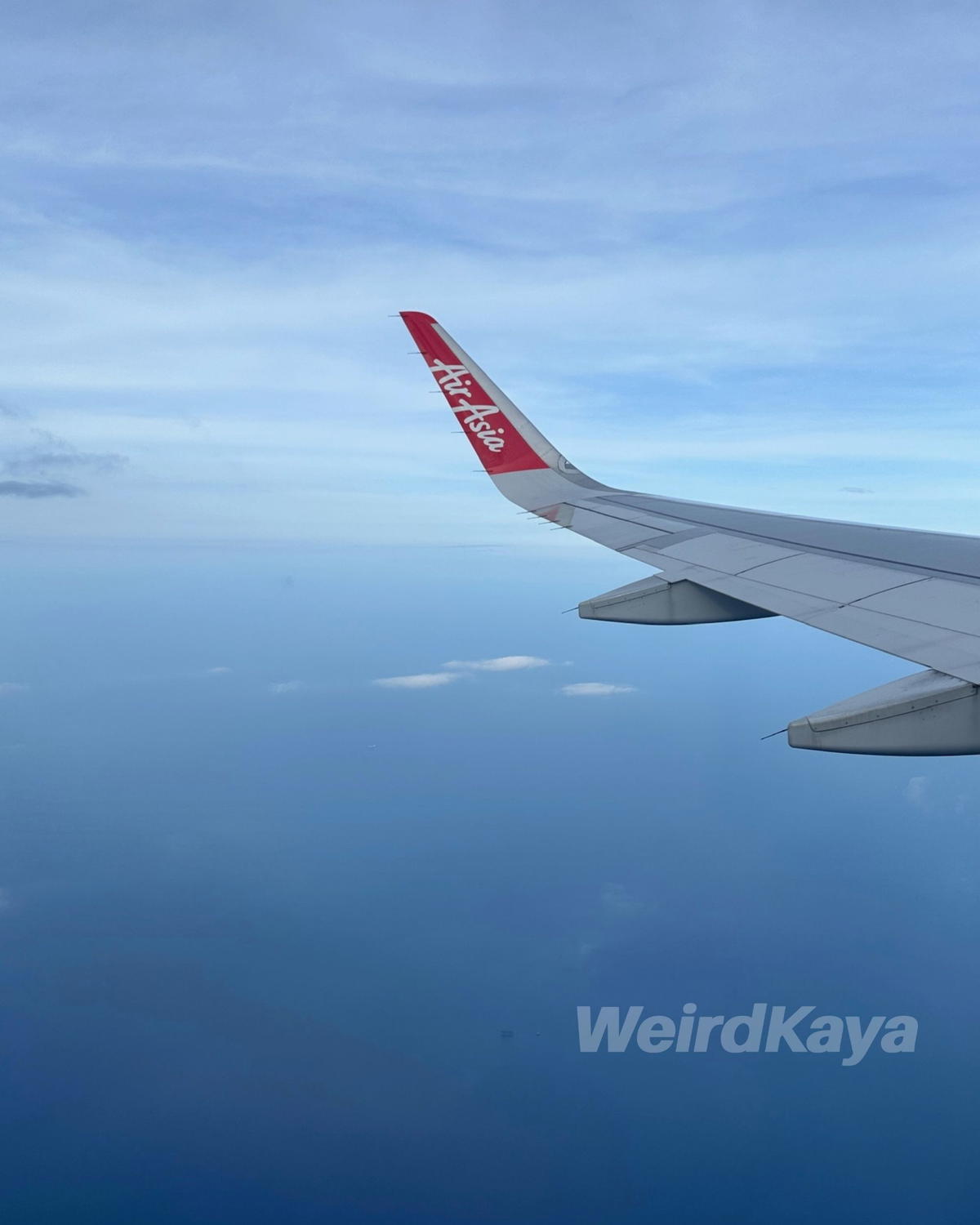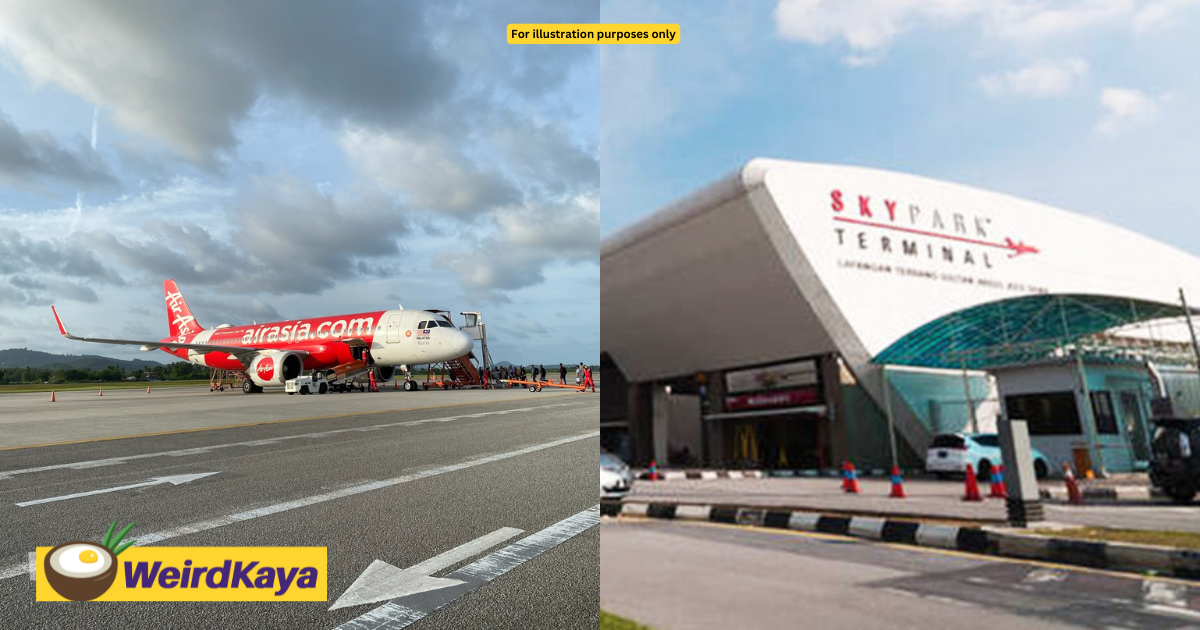AirAsia has announced a surprising move to cease operations at Sultan Abdul Aziz Shah Airport (LTSAAS) in Subang, just seven months after its much-anticipated return.
The airline will relocate all domestic flights back to Kuala Lumpur International Airport’s Terminal 2 (KLIA2) starting April 7, 2025.
The move comes as the airline seeks to optimise its operations in response to increasing passenger demand and to enhance the overall travel experience.

Strategic move to meet rising demand
According to their statement, since resuming flights from Subang in August 2024, AirAsia has observed a significant increase in passenger traffic.
This is particularly on routes between Kuala Lumpur and key destinations such as Kota Kinabalu and Kuching, which have seen a 16% year-on-year growth.
The decision to consolidate at KLIA T2 is aimed at streamlining operations and ensuring the airline can accommodate this rising demand more efficiently.

“Given the increasing demand for our Kota Kinabalu and Kuching routes, consolidating our services at KLIA T2 is the optimal way forward,” said Dato’ Captain Fareh Mazputra, CEO of AirAsia Malaysia.
This move allows us to enhance efficiency and elevate the overall guest experience. While Subang Airport has provided valuable proximity and easier access for city dwellers, KLIA T2’s infrastructure supports connectivity needs at scale—particularly during peak travel periods.”
What this means for travellers
AirAsia has assured passengers that the transition will be smooth, with operations at Subang continuing through the high-demand Hari Raya travel period before the final shift in April.
The airline has also introduced comprehensive Service Recovery Options (SROs) to minimise disruptions, offering affected travellers complimentary flight changes, credit accounts, or full refunds.
Additionally, AirAsia emphasised that KLIA T2 offers the necessary capacity for future growth, allowing the airline to expand its services, particularly for routes connecting East Malaysia.

Subang airport’s future
The decision to exit Subang comes amid ongoing discussions about the airport’s redevelopment plans, which are expected to take years to materialise.
While AirAsia was once a key proponent of Subang’s commercial jet operations, the airline has now shifted focus to leveraging KLIA T2’s larger infrastructure and connectivity capabilities.
Despite AirAsia’s departure, Subang Airport remains home to Firefly, Batik Air Malaysia, TransNusa, and Singapore’s Scoot Pte Ltd, all of which are likely to benefit from any future expansion efforts.
The Malaysian government’s long-term plan to increase Subang’s passenger capacity to five million annually within the next three to four years, and up to eight million by 2030, is still in motion.
Read more:



